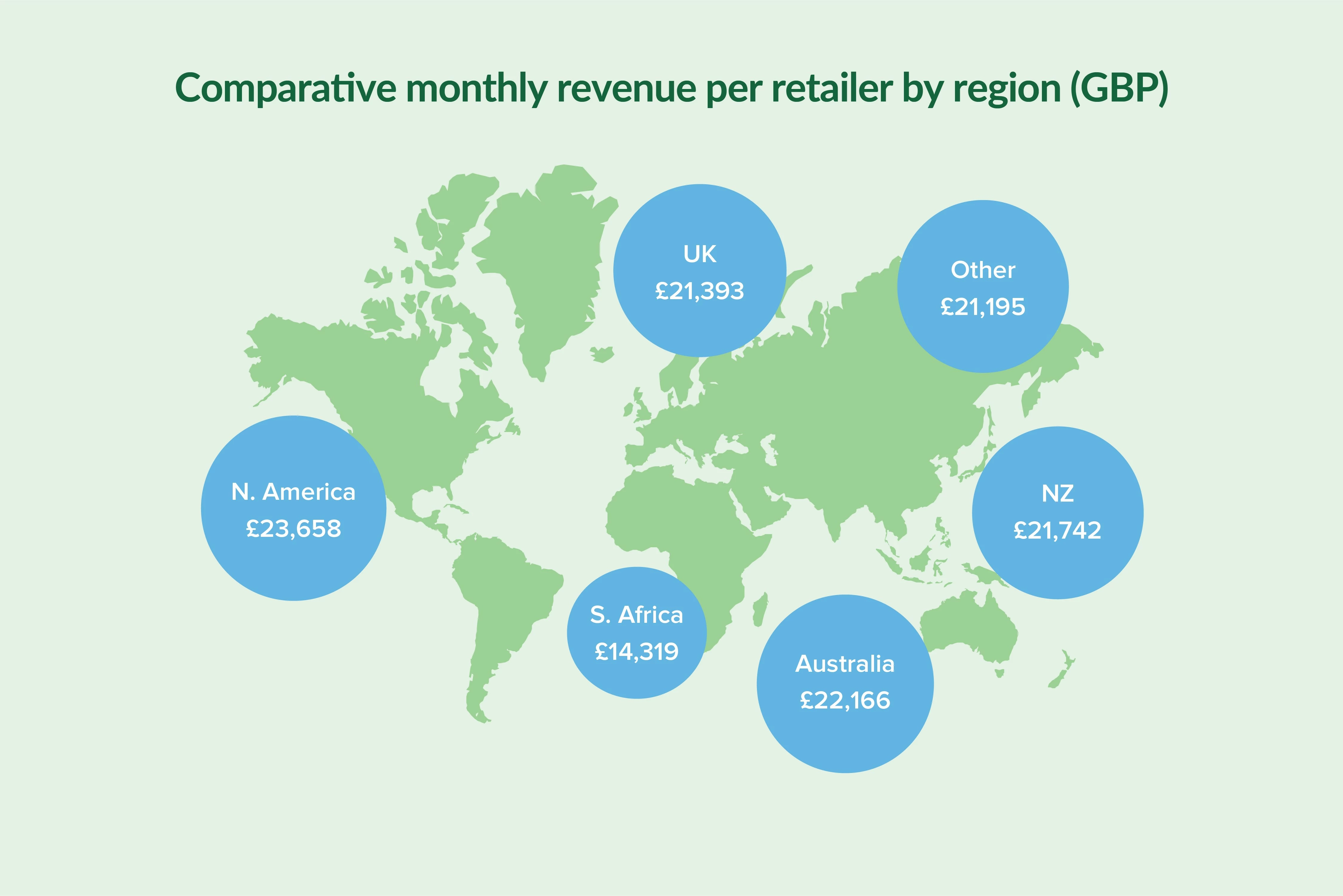
Member Article
Inventive independent retailers attract cautious customers
The 2019 Retail Benchmarks Report, released today by Vend, found Brits overwhelmingly supportive of their local stores. Over four in five (81%) buy in independent shops, with their unique products (39%) and personal service (28%) drawing consumers away from big retail brands.[1]
Boutique retailers make an enormous contribution to local communities, cornerstones of commercial space that allow shoppers to make conscious purchasing decisions. More than a third (35%) of those surveyed said they value the role of independent retailers on the high street, and 31% said they wanted to support resident entrepreneurs.
Thirteen thousand small businesses across five regions participated in the report, shedding light on international transaction trends. Monthly transactions in UK boutiques were 31% higher than in Australia and 23% higher than North America. Analysis found British shoppers cherishing the personal service (28%), product knowledge (23%) and shopping advice (23%) offered at boutique retailers.
Average number of transactions at the till across the five regions analysed:
- UK: 793
- New Zealand: 737
- North America: 648
- South Africa: 625
- Australia: 607
However, UK high street independents are tracking monthly revenues at an average of 5.1% lower than their equivalents in North America, Australia and New Zealand. Brits pay an average of £34.37 at the till, while Americans splash £44.55.
Higor Torchia, Managing Director at Vend EMEA comments: “Uncertainty caused by Brexit is squeezing the profit margins at independent retailers, as consumers spend less on gifts, homeware items and clothes. You’d expect British boutiques to be tracking similar numbers to their peers across the globe, but it’s evident that they are operating in different, difficult economic and political circumstances.”
According to The Retail Benchmarks Report, UK retailers can climb the international index and increase their revenues if they focus on boosting their monthly customer count, which is the lowest among the five regions, sitting 43% behind North America. Uncovering a new profile of shoppers, the report discovered distinctive ways that could increase loyalty among the shopping community. Over one in ten (16%) said they would be attracted to retailers who go plastic-free and 11% said they’d like to see local artists’ work for sale in the shop. A similar amount said they’d visit more often if the retailer held workshops and events in store (9%) and if they could learn new skills such as cooking or DIY (8%) upon visiting.
Emma Bustamante, founder of Cositas, a homeware store in St Albans said: “Brexit has been the perfect storm, and it’s meant we’ve had to take a more creative approach to retail, with innovative experiences that draw customers in. “To ensure customers keep coming back we take the time to get to know them and ensure they’re aware of our products’ unique stories, our supply chain sustainability and the store’s Chilean routes. We’re also cashing in on the experience economy, and I run furniture upcycling classes that have proved popular with environmentally, community-conscious locals looking to get more from their store visits – one of the many types of workshops we hold.”
“We also invested in an online, 3D virtual tour over the Christmas period, so potential customers could get a flavour of what their visit would entail before coming in. Our website gained a lot of traction since implementation, with 30% more traffic since Christmas and a sales increase of 24% from January – June when comparing to the same period in 2018.”
Torchia continues: “There’s a clear desire to see businesses make positive contributions to the communities they operate in, and there’s value in thinking creatively about the services that could be offered in store to reflect this. “Using technology to help keep track of spend will enable a focus on the marketing and loyalty tricks that really count, distinguishing stores from competitors even more.” In addition to the report launching, Vend has also produced an interactive calculator – a platform that allows retailers to track their own business’ performance against competitors both globally and locally.
The calculator allows retailers to input their own data and track their performance across key metrics such as: average monthly revenue, average gross margin, average number of monthly transactions, average transaction values, average basket size (number of items per sale) and average number of customers.
This was posted in Bdaily's Members' News section by Vend .




 test article 123456789
test article 123456789
 hmcmh89cg45mh98-cg45hm89-
hmcmh89cg45mh98-cg45hm89-
 test456456456456456456
test456456456456456456
 test123123123123123123
test123123123123123123
 test xxxdiosphfjpodskhfiuodsh
test xxxdiosphfjpodskhfiuodsh
 Savour the flavour: North Tyneside Restaurant Week returns for 2024
Savour the flavour: North Tyneside Restaurant Week returns for 2024
 Six steps to finding the right buyer for your business
Six steps to finding the right buyer for your business
 Stephen signs off on a special night
Stephen signs off on a special night
 Life’s a Peachaus: Gillian Ridley Whittle
Life’s a Peachaus: Gillian Ridley Whittle
 Making a splash: Phil Groom
Making a splash: Phil Groom
 Making workplace wellbeing a priority
Making workplace wellbeing a priority
 A record of delivery, a promise of more: Ben Houchen
A record of delivery, a promise of more: Ben Houchen